The sanctuary of Apollo in Didyma near the west coast of Turkey is one of the biggest sacred buildings of the ancient world. The DAI has carried out research there since 1962 in cooperation with partners. The temple of Apollo was excavated by Theodor Wiegand, later president of the DAI, in 1906–1913 for the Prussian Museums of Berlin.
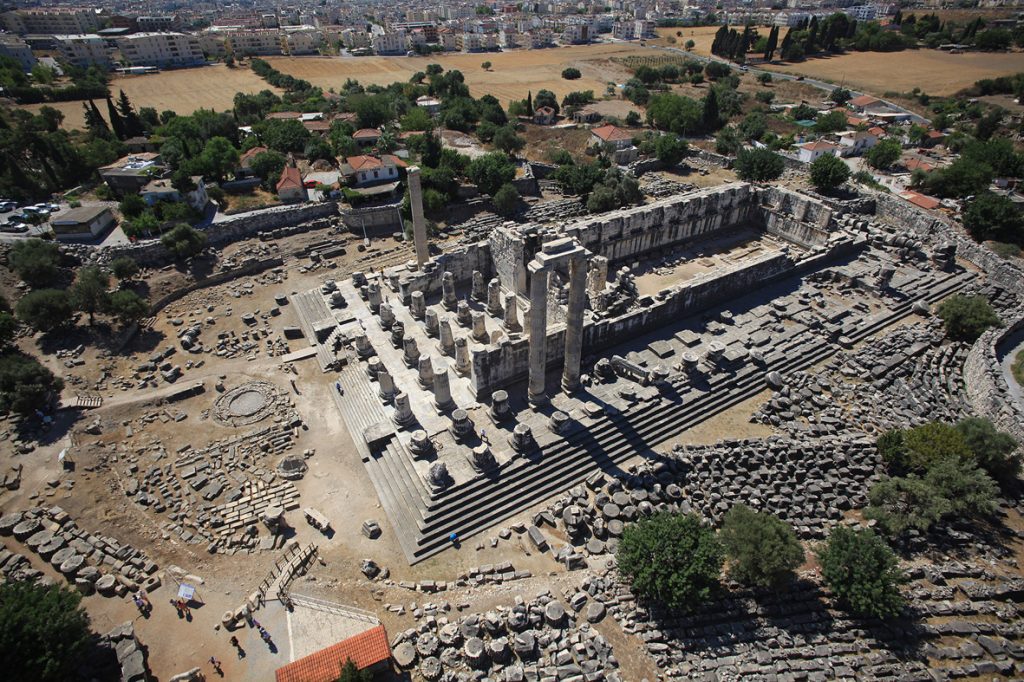
From the 6th century BC onwards Didyma was one of the most famous oracular sites of the ancient world. Its importance was manifested in the monumental temple of Apollo, the ruins of which dominate the town today. According to written sources, Didyma must have been much more complex, with other buildings and shrines, but the famous sanctuary’s other structures have largely remained hidden from view. Now for the first time since exposure of the temple of Apollo over 100 years ago, further large buildings and other sacred structures belonging to the sanctuary have been localized and excavated as part of a project (“Kulte im Kult”) by the North Rhine–Westphalian Academy of Sciences, Humanities and the Arts. These include the foundations of a theatre built in the Roman period south of the temple of Apollo, a cult building directly north of the modern-era mosque, and one other probably sacred building. In addition to the buildings, a deposited assemblage of high-quality votive material from the 6th century BC came to light – the remains of hundreds of votive offerings.
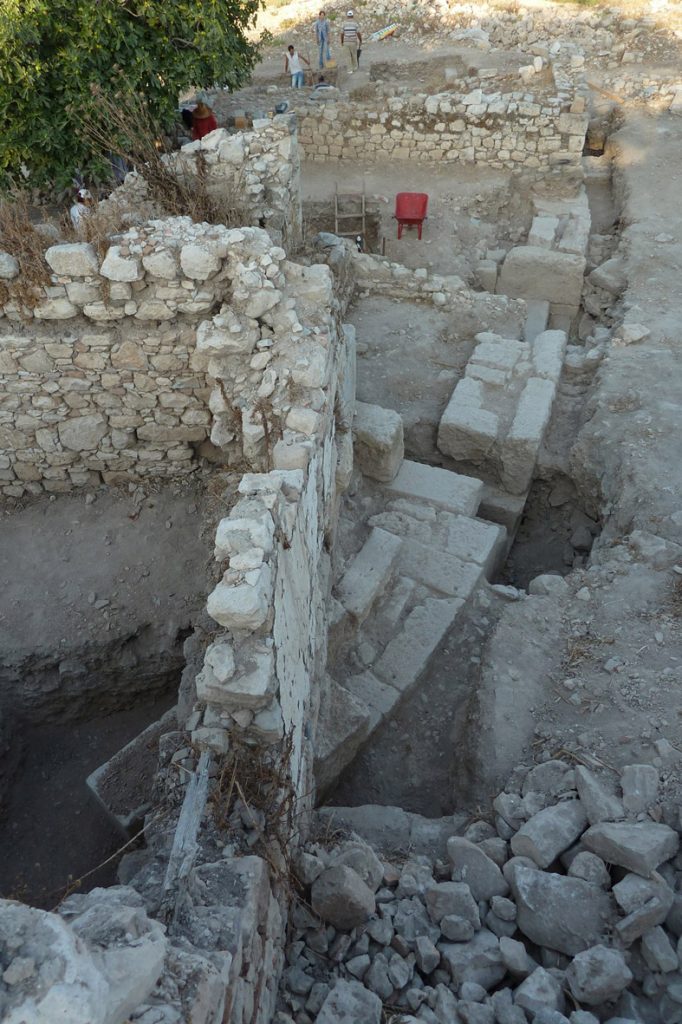
Foundations of a theatre from the Roman period (Photo: Nordrhein-Westfälischen Akademie der Wissenschaften und Künste) 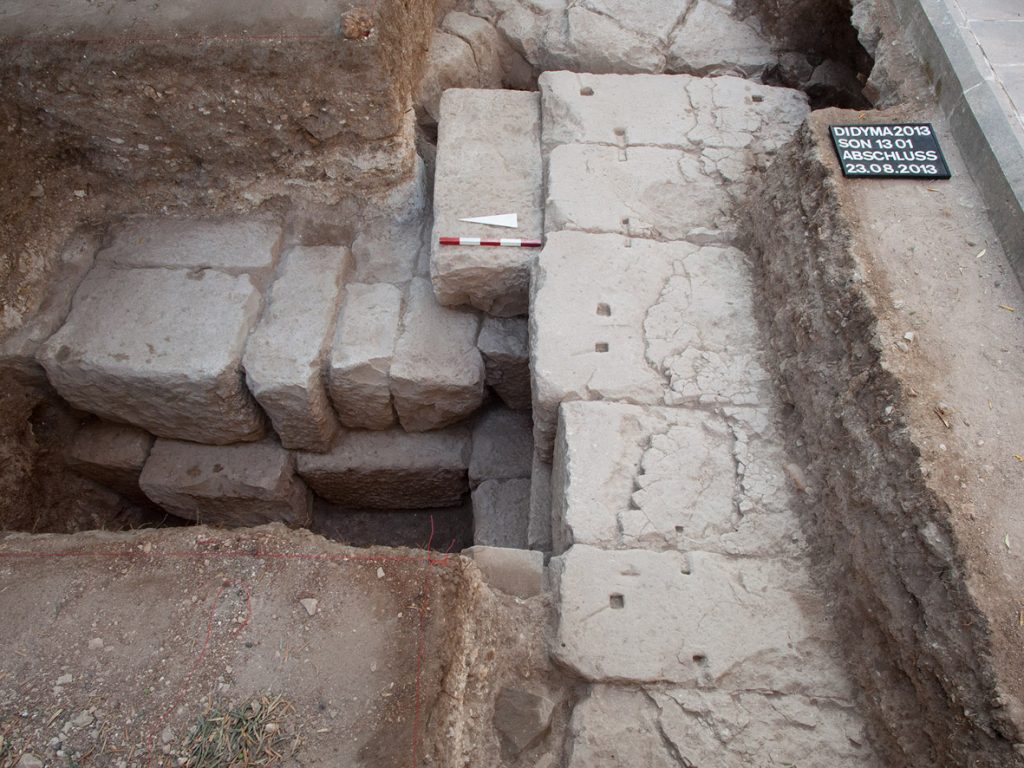
Remains of a cult building north of the mosque (Photo: Nordrhein-Westfälischen Akademie der Wissenschaften und Künste) 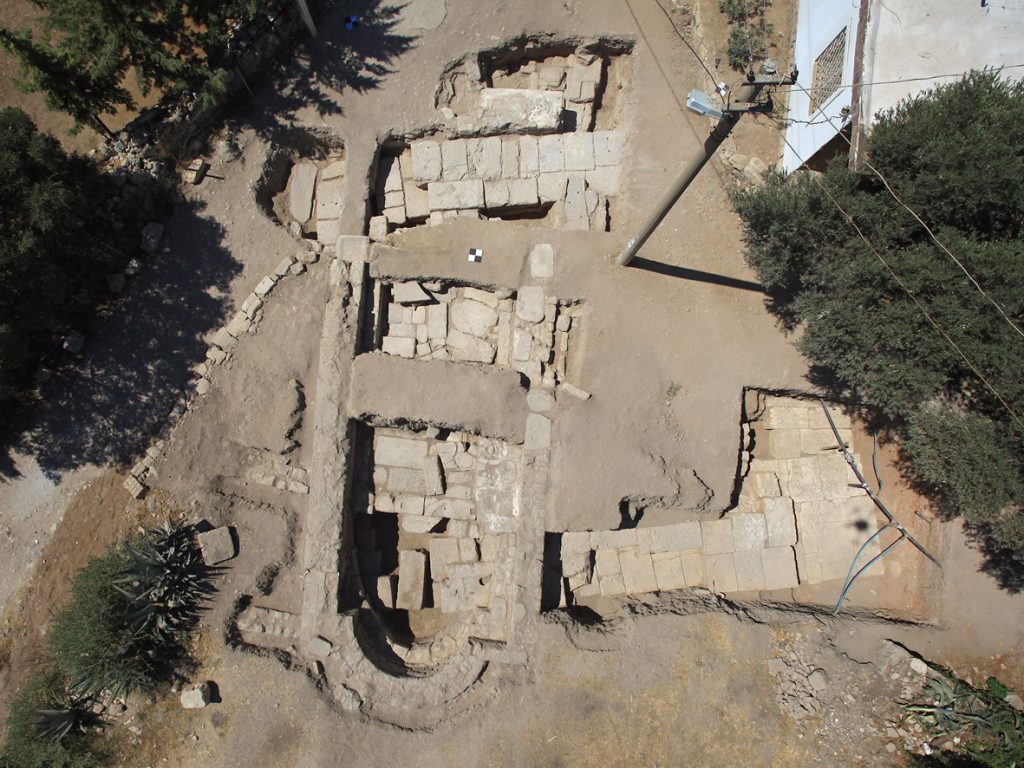
Ongoing excavations have exposed another cult building (Photo: Nordrhein-Westfälischen Akademie der Wissenschaften und Künste) 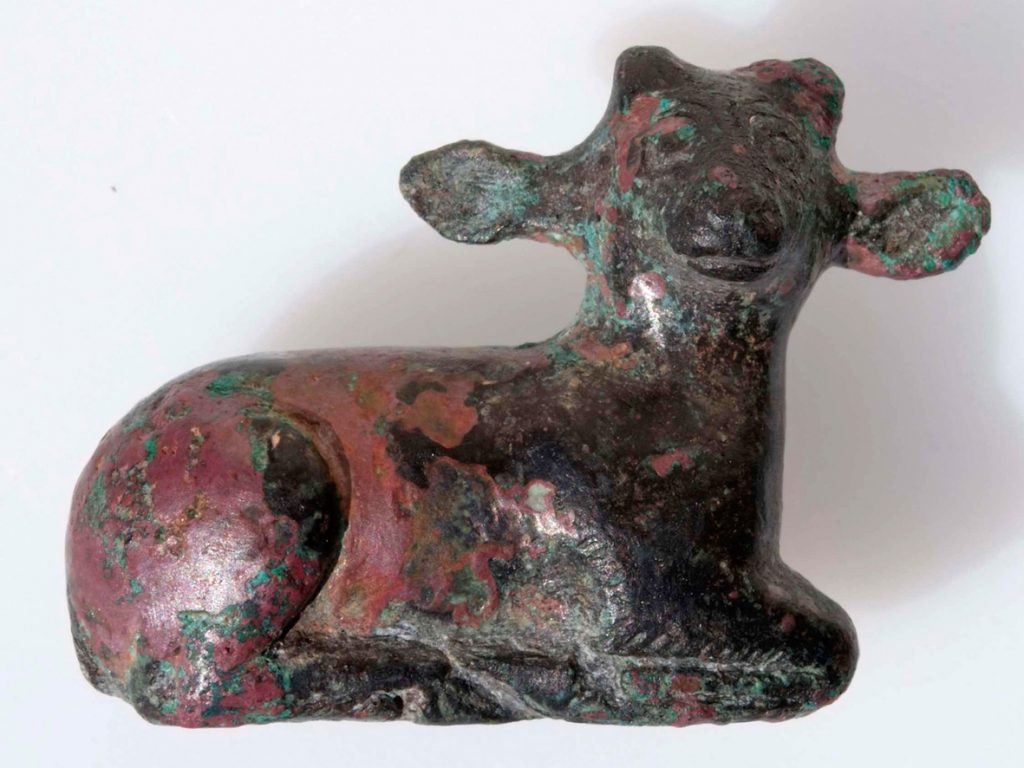
Votive offering for Apollo from the 6th century BC (Photo: Nordrhein-Westfälischen Akademie der Wissenschaften und Künste)